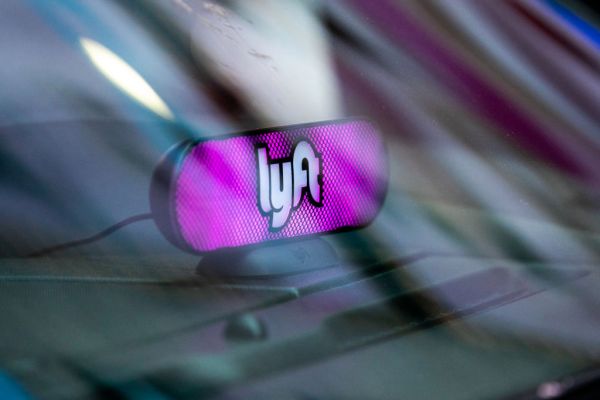
For those who have been a software program firm worker or enterprise capitalist in Silicon Valley earlier than 1993, likelihood is you have been speaking about “Info Methods Software program” and never “Enterprise Software program.” How and why did the business change its title?
The apparent, however perplexing reply is straightforward — “Star Trek: The Subsequent Era.”
As befuddling and mind-numbingly satisfying as it’s to your native workplace Trekkie, the business rebranded itself because of a advertising marketing campaign from the unique venture-backed system software program firm, Boole & Babbage (now BMC software).
Whereas the time period “Enterprise” was used to explain complicated techniques for years earlier than 1993, every little thing modified when Boole & Babbage signed a two-year licensing agreement with the then-highest-rated show in syndication history to provide an infomercial.
Star Trek followers have been speaking about this loopy advertising settlement for years, and you may learn the complete particulars about the way it was executed in TrekCore. However even Trekkies don’t respect its long-term impacts on our business. On this license settlement with Paramount, Boole & Babbage had limitless rights to create and distribute as a lot Star Trek content material as they may. They bodily mailed VHS cassettes to clients, ran journal advertisements and even dressed their staff as members of Starfleet at commerce exhibits. Boole & Babbage used this push to market itself as the “Enterprise Automation Firm.”
Commander Riker says within the infomercial, “simply because the bridge centralizes the features mandatory to manage the united statesEnterprise, Boole’s merchandise centralize information processing data to permit centralized management of at present’s complicated data techniques.” This appeared to scratch an itch that different techniques corporations didn’t notice wanted scratching.
To not be outdone, IBM in 1994 rebranded their OS/2 working system “OS/2 Warp,” referring to Star Trek’s “warp drive.” In addition they tried to duplicate Babbage’s licensing settlement with Paramount by hiring the Enterprise’s Captain Picard (performed by actor Patrick Stewart) to emcee the product launch. Sadly, Paramount wouldn’t play ball, and IBM hired Captain Janeway (played by actress Kate Mulgrew) from Star Trek: Voyager instead. The licensing points didn’t cease IBM from additionally hiring Star Trek’s Mr. Spock (performed by actor Leonard Nimoy) to tape a five-minute intro to the occasion:
Exterior of OS/2, IBM’s 1994 announcement list included 13 different “enterprise” initiatives. Quickly, main software program corporations started to rebrand themselves and launch merchandise utilizing the time period “enterprise software program” as a priceless identifier. MRP software program makers like SAP and Baan started embracing the brand new “Enterprise” moniker after 1993 and in 1995, Lotus rebranded itself as an “Enterprise Software Company.”
“Enterprise” was formally the best new vernacular and after business behemoth IBM bought Lotus in 1996, they integrated “Enterprise” throughout all of their merchandise. And whereas Gartner’s 1990 paper “ERP: A Vision of the Next-Generation MRP II” by Wylie is the technical beginning of ERP software program, nobody cared till Commander Riker informed Harold to “monitor your total Enterprise from a single level of management.” The ngram numbers don’t lie:

Virtually 30 years later, we stay in a world through which enterprise is run on enterprise software program and the usage of the time period is ubiquitous. Each time I see a software program marketing strategy come throughout my desk or learn an article on enterprise software program, I can’t assist however give Commander Riker a bit of due credit score.



















